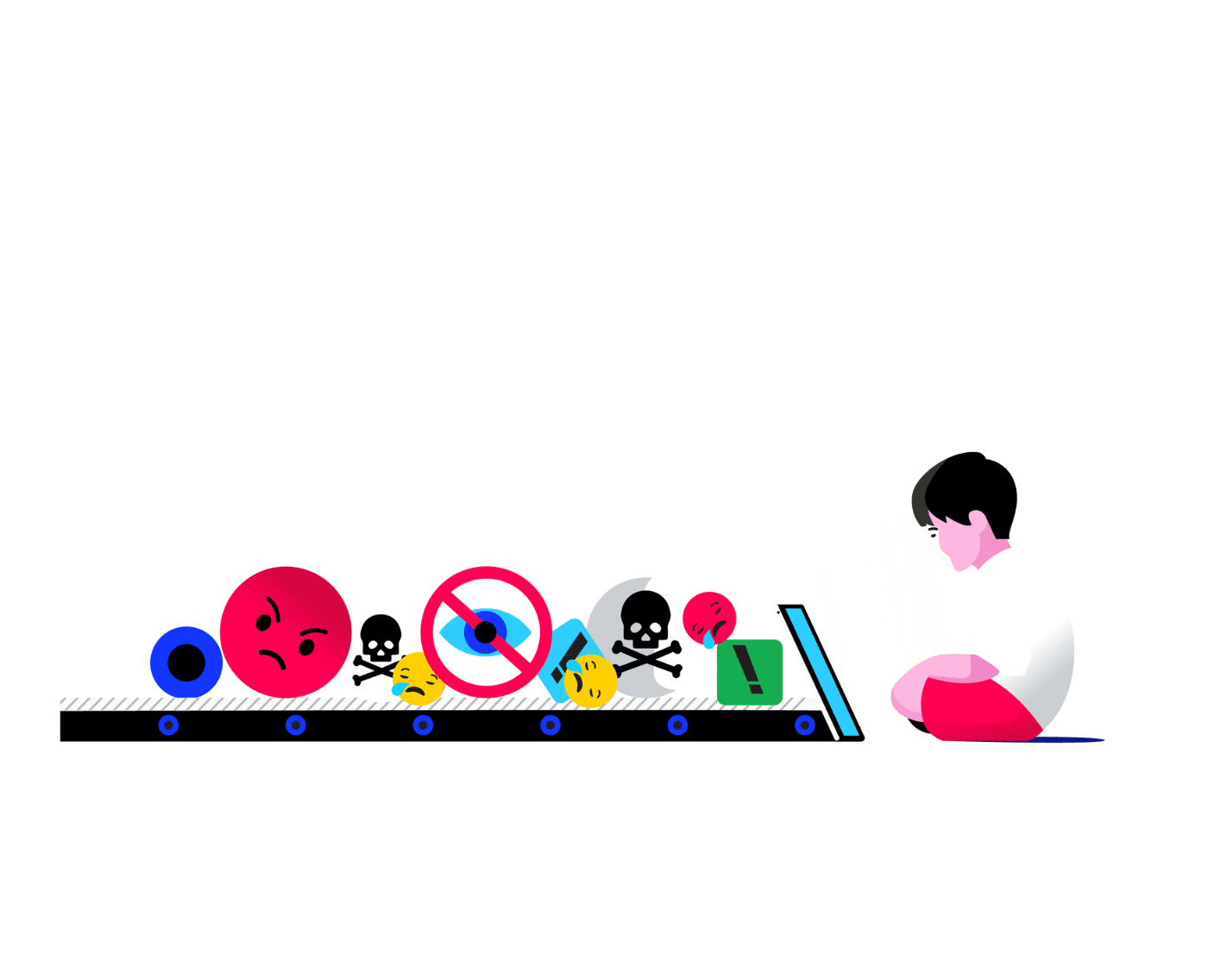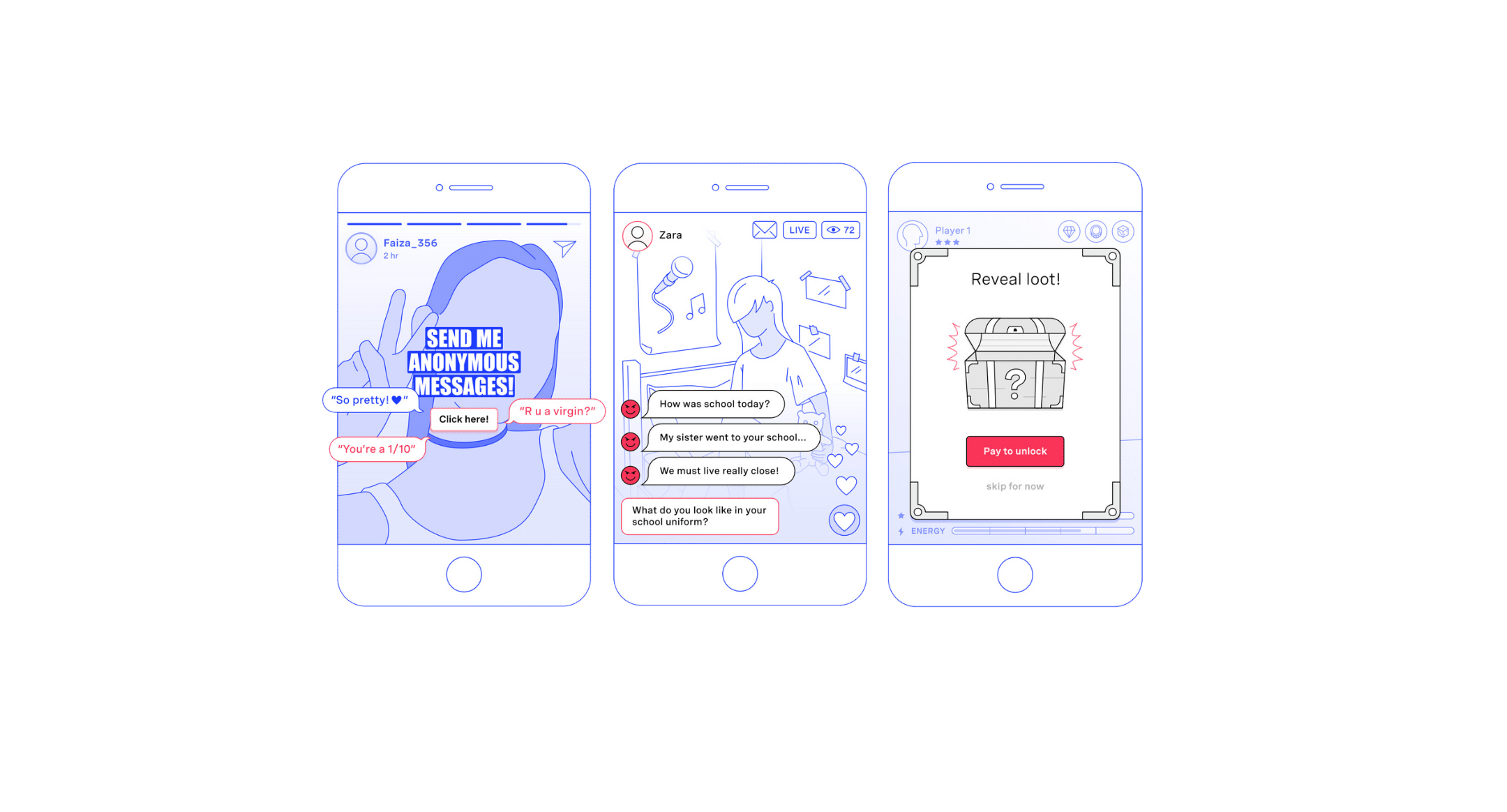The digital world is risky by design, leading children to harm.
The digital world is not optional for children. It is where they access education, health services and entertainment, build and maintain their relationships, and engage in civic and social activities. Digital technologies are built into the physical environments children inhabit and the systems that govern their lives, from the bus pass that gets them to school to the algorithms that grade their exam results. Yet the digital world still largely fails to acknowledge children’s presence, systematically exposing them to risk and harm.

The digital economy is an attention economy. Most of the services where children spend most of their time are designed not to help them develop and realise their potential, but to keep them sharing and interacting, at any cost. As designers themselves acknowledge, “reducing attention will reduce revenue.”
Design features that keep children engaged include: friend recommendation systems; endless scrolls; popularity metrics; gambling- like features; constant nudges and reminders.
Persuasive design increases children’s engagement and determines their activities and the decisions they make online, stunting their creativity and development. It also exposes children to a wide variety of risks: exposure to illegal and harmful content – including violent, pornographic, self- harm and eating disorder content – as well as mis- and disinformation; bullying and hate speech; contacts from unknown adults, including predators.
The costs to children are palpable. They include personal anxiety, social aggression, denuded relationships, sleep deprivation and negative impacts on education, health and wellbeing. Rising numbers of children are suffering addiction, depression, eating disorders, attempting suicide, falling prey to sexual exploitation and abuse.
Featured readings



